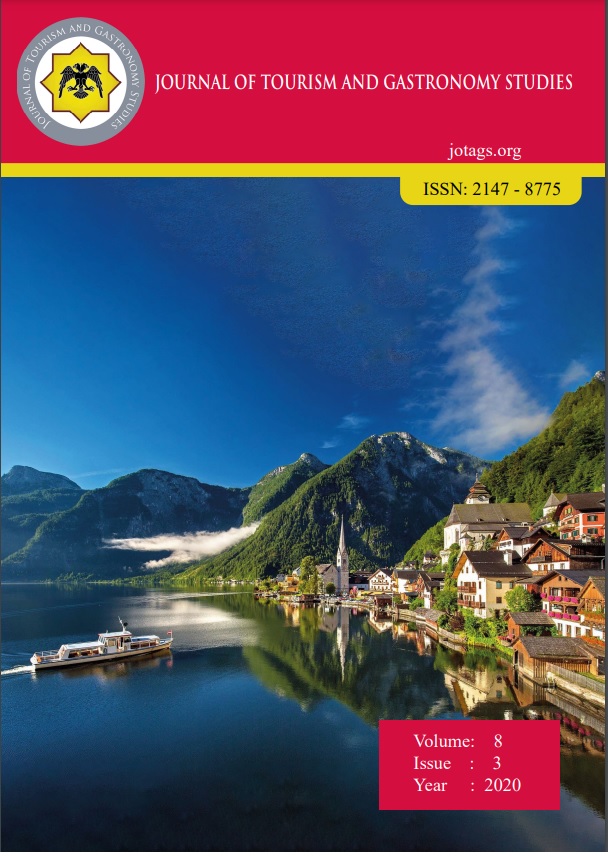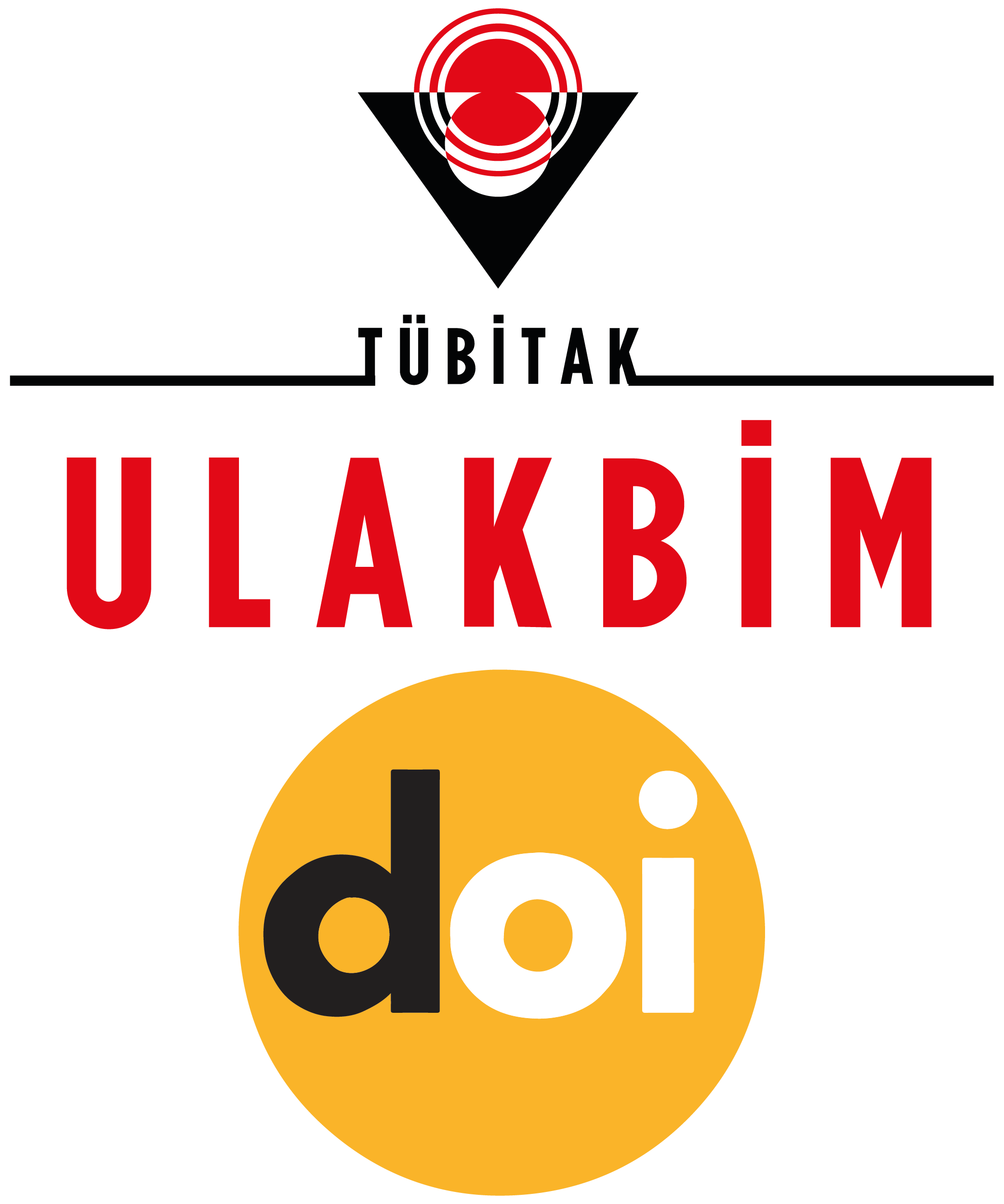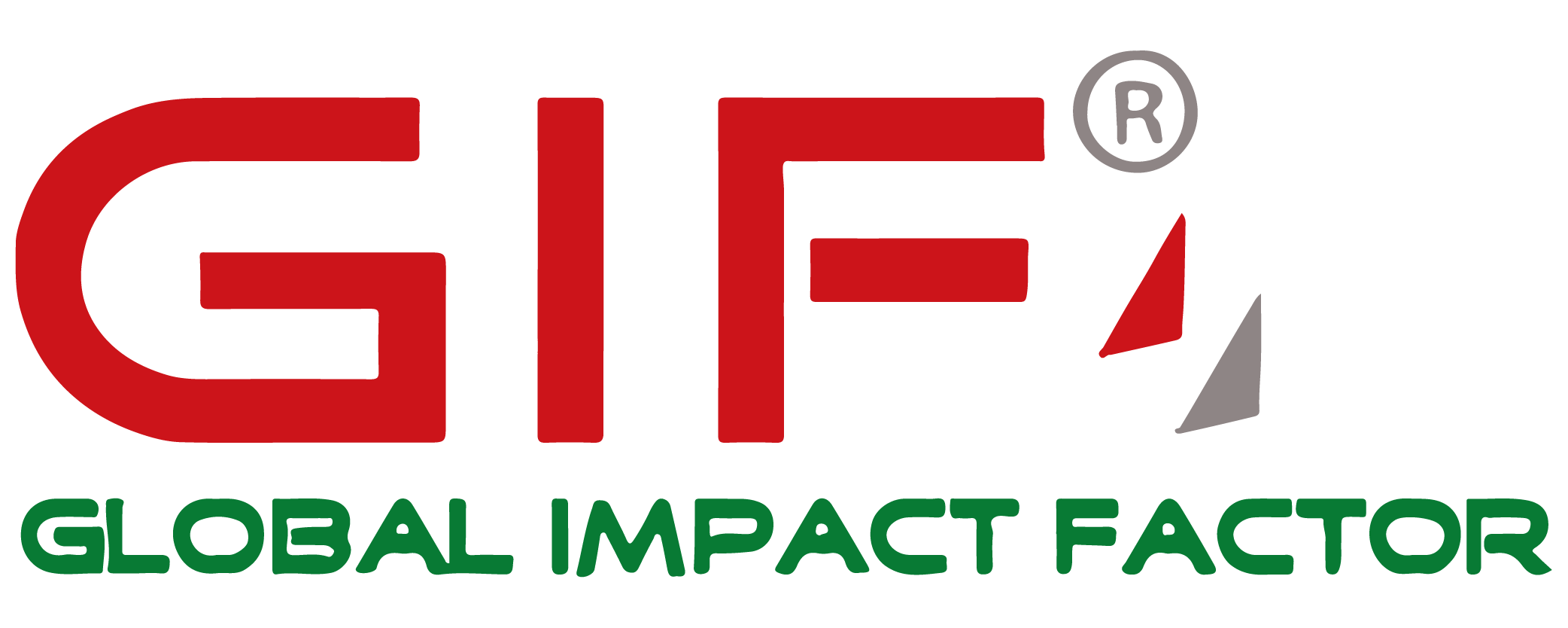Conceptual Study on Tourist Attraction of Brand Cities: Antalya and St. Petersburg Cases
DOI:
https://doi.org/10.21325/jotags.2020.624Keywords:
Brand city, Tourist attraction, Antalya, Petersburg, City tourismAbstract
Determination of the contributions of the cities, which have become a brand by providing an added value to the national economy, to the tourism sector is of socio-economic importance. This study, prepared from this point of view, takes Antalya as a city of sea/shore and St. Petersburg as a city of culture. Document analysis was performed taking into account the number of tourists coming to these brand cities, the purpose for visiting the cities, the number of overnight stays and the tourism income parameters of those cities. For this, document analysis method was used, which is one of the qualitative research methods and aims to analyze written materials with information about the subject. However, contribution of brand cities to tourism is analyzed from secondary data, and information is given also on the current status of the tourism market. Information on the cities were obtained through screening the statistics of the 2019 January-December term of the Ministry of Culture and Tourism of Turkey, St. Petersburg City Administration, Antalya Provincial Culture and Tourism Directorate and Association of Turkish Travel Agencies (TÜRSAB). In the light of this information, the distinguishing features of these cities, which are prominent in tourist attraction, were determined. It was seen that most of the tourists visiting Antalya come for marine / coastal tourism while tourists visiting St. Petersburg come for business and culture tourism especially from China, Germany and Finland. The importance of city branding was tried to be emphasized for two important cities of Turkey and Russia.
References
Akkaya, E. (1999). Marka i̇majı bileşenleri, otomobil sektöründe bir uygulama. 4. Ulusal Pazarlama Kongresi Bildiriler Kitapçığı. Hatay, Turkey. 101-111.
Aktuğlu, I. K. (2018). Marka yönetimi: Güçlü ve başarılı markalar i̇çin temel i̇lkeler. İstanbul: İletişim Yayınları.
Anholt, S. (2006). How the world sees the world's cities. Place Branding, 2(1), 18-31.
Atak, O. (2009). Türk turı̇zmı̇nı̇n tanıtımında festı̇vallerı̇n yerı̇ ve önemı̇: Antalya örneğı̇. Yayınlanmamış Yüksek Lisans Tezi, İstanbul Üniversitesi, İstanbul.
Avraham, E. (2004). Media strategies for improving an unfavorable city image. Elsevier Cities, 21(6), 471-479.
Beerli, A. & Martin, J. D. (2004). Factors influencing destination image, annals of tourism research. Oxford UK: Pergamon Press.
Bişkin, H. (2013). Kentlerde markalaşma Beykoz örneği. Yayınlanmamış Yüksek Lisans Tezi, İstanbul Aydın Üniversitesi, İstanbul.
Braun, E. (2008). City marketing: Towards an integrated approach. Rotterdam: Erasmus University.
Cevizci, A. (1997). Felsefe sözlüğü. İstanbul: Ekin Yayınevi.
Darel, P. E. (2004). World cities as hegemonic projects: The politics of global imagineering in Montreal. Political Geography, 23(5), 571-596.
Erdil, T. S. & Uzun, Y. (2009). Marka olmak. İstanbul: Beta Basım A.Ş.
Ergun, N., Bayrak, R. & Doğan, S. (2019). Turizm pazarlaması için önemli bir pazarlama kanalı olan instagram’da nitel bir araştırma. Güncel Turizm Araştırmaları Dergisi, 3(1), 82-100.
Gökaliler, E. (2017). Şehirlerin markalaşması sürecinde marka konumlandırmasının rolü: Seferihisar cittaslow üzerine bir i̇nceleme. Erciyes İletişim Dergisi, 5(1), 326-342.
Greenberg, M. (2008). Branding New York: How a city in crisis was sold to the world. London: Routledge.
Herget, J., Petru, Z. & Abrhám, J. (2015). City branding and its economic impacts on tourism. Economics and Sociology, 8(1). 119-126.
Işık, M. & Erdem A. (2015). Nasıl marka şehir olunur. Konya: Eğitim Yayınevi.
Işık, Ş. & Zoğal, V. (2017). Turizm kentleşmesi kavramı: Antalya örneği. Ege Coğrafya Dergisi, 26 (2), 71-94.
İlban, M.O. (2007). Destinasyon pazarlamasında marka i̇majı ve seyahat acentalarında bir araştırma. Yayınlanmamış Doktora Tezi, Balıkesir Üniversitesi, Balıkesir.
İsen, İ. (2013). Bı̇r şehrı̇n markalaşması ve şehı̇r pazarlaması açısından i̇ncelenmesı̇: Örnek bı̇r uygulama. Yayınlanmamış Yüksek Lisans Tezi, Niğde Üniversitesi, Niğde.
Kavaratzis, M. & Ashworth, G. J. (2005). City branding: an effective assertion of identity or a transitory marketing trick?. Tijdschrift voor economische en sociale geografie, 96(5). 506-514.
Kılıçbay, M. (2000). Şehirler ve kentler. İstanbul: İmge Kitabevi.
Law, C. (2002). Urban tourism: Attracting visitors to large cities. London: Masel Publishing Limited.
Lachelier, J. (1949). Tümevarımın temeli hakkında. (Çev. Hamdi Ragıp Atademir), İstanbul: M.E.B. Yayınları.
Öner, N. (1996). Klasik mantık. Ankara: Bilim Yayınevi.
Özdemir, Ş. & Karaca Y. (2009). Kent markası ve marka i̇majının ölçümü: Afyonkarahisar kent i̇majı üzerine bir araştırma. Afyon Kocatepe Üniversitesi, İ.İ.B.F. Dergisi, XI(II). 113-134.
Özen, S. (2009). Dünya turizminde tüketici tercihlerinde yaşanan değişimlerin konaklama işletmelerine yansımaları: Antalya’da temalı otel örnekleri. Yayınlanmamış Yüksek Lisans Tezi, Adnan Menderes Üniversitesi, Aydın.
Özkul, E., Demirer, D. & İpar, M.S. (2012). Edebı̇yat’ın pazarlama aracı olarak turı̇zm amaçlı kullanımı üzerı̇ne bı̇r araştırma. 13. Ulusal Turizm Kongresi, Antalya, Turkey, 1-22.
Perry, A. & Wisnom, D. (2003). Markanın DNA’sı, eşsiz ve dayanıklı markalar yaratmanın kuralları, (Çev. Zeynep Yılmaz), İstanbul: Mediacat Kitapları.
Rainisto, S. K. (2003). Success factors of place marketing: A study of place marketing practices In Northern Europe and The United States. Helsinki university of technology, Institute of strategy and ınternational business doctoral dissertation, 3-46.
Şahin, G. (2010). Turizmde marka kent olmanın önemi: İstanbul örneği. Yayınlanmamış Yüksek Lisans Tezi, Ankara Üniversitesi, Ankara.
Torlak, M. (2015). Marka şehir oluşturma ve Bursa şehrinin markalaşması i̇çin yol haritası. Tüketici ve Tüketim Araştırmaları Dergisi, 7(2), 47-93.
Yalçınkaya, G. (2006). Ülke i̇majı ve ülke i̇majının müşteri tercihleri üzerine etkisi: Türkiye değerlendirmesi. Yayınlanmamış Yüksek Lisans Tezi, Dokuz Eylül Üniversitesi, İzmir.
Yılmaz, K.G., Karaman, E., & Karaman, G. (2013). Marka şehir olabilmenin yeni boyutu: Kullanılabilirlik. Journal of Tourism and Gastronomy Studies, 1(4), 69-76.
Akademik Kaynak. (2017). Bir marka kent örneği: Antalya. Retrieved from https://www.akademikkaynak.com/marka-kent-ornegi-antalya.html
Antalya İl Kültür ve Turizm Müdürlüğü. (2020). Festivaller ve etkinlikler. Retrieved from https://antalya.ktb.gov.tr/TR-68175/festivalleretkinlikler.html
Antalya İl Kültür ve Turizm Müdürlüğü. (2020). Mavi bayrak. Retrieved from https://antalya.ktb.gov.tr/TR-67733/mavi-bayrak.html
Kültür ve Turizm Bakanlığı. (2020). Turizm istatistikleri. Retrieved from https://yigm.ktb.gov.tr/TR-9851/turizm-istatistikleri.html
Kültür ve Turizm Bakanlığı. (2020). Sınır istatistikleri. Retrieved from https://yigm.ktb.gov.tr/TR-249702/sinir-istatistikleri.html
News Ru. (2019). Saint Petersburg hosted a record number of tourists in 2019. Retrieved from https://news.ru/society/sankt-peterburg-v-2019-godu-prinyal-bolee-9-mln-turistov-vpervye-v-istorii/
Tayebi, S. (2006). How to design the brand of the contemporary city. Retrieved from http://www.urbanitude.com/citybranding.pdf
Turizm Ajansı. (2020). Türkiye'nin 2019 turist sayısı ve turizm geliri. Retrieved from https://www.turizmajansi.com/haber/iste-turkiye-nin-2019-turist-sayisi-ve-turizm-geliri-h35213
World Tourism Organization. (2019). International tourism highlights. Retrieved from https://www.e-unwto.org/doi/pdf/10.18111/9789284421152
Administration of St. Petersburg. (2020). Statistics. Retrieved from https://www.gov.spb.ru/gov/otrasl/c_tourism/statistic/
Beglov, A. D. (2019). Saint Petersburg tourist traffic is expected to increase by 10% in 2019. Retrieved from https://tass.ru/obschestvo/6591171
Valery. G. & М. Samorodskaya. (2019). Millions on Nevsky: Whether Petersburg is ready for a sharp increase in turnaround. Retrieved from https://www.rbc.ru/spb_sz/30/07/2019/5d400d369a794703fc45aa10
Magazine "Rest in Russia". (2019). National Entry Tourism Rating 2019. Retrieved from https://rustur.ru/nacionalnyj-rejting-vezdnogo-turizma-2019
Ministry of Culture of the Russian Federation. (2020). Documents. Retrieved from https://www.mkrf.ru/documents/ob_utverzhdenii_administrativno355002/?sphrase_id=2736033
Nikitina, Ye. (2019). Saint-Petersburg was increasingly visited by tourists from Italy. Retrieved from https://spb.aif.ru/city/event/peterburg_vse_chashche_stali_poseshchat_turisty_iz_italii
Russian Newspaper. (2019). In Saint Petersburg, Italian tourists have doubled. Retrieved from https://rg.ru/2019/08/14/reg-szfo/v-sankt-peterburge-italianskih-turistov-stalo-vdvoe-bolshe.html
Sablin, А. (2020). China has the highest number of tourists visiting Petersburg in 2019. Retrieved from https://yandex.ru/turbo/s/78.ru/news/2020-03-31/kitai_lidiruet_po_chislu_turistov_posetivshih_peterburg_v_2019_god?utm_source=yxnews&utm_medium=mobile
Tour Operator “Neva Delta”. (2020). Retrieved from https://d-neva.ru/tury-v-sankt-peterburg/ekskursii-v-sankt-peterburge/literaturnye-mesta-peterburga/
Travel Business. (2019). Petersburg is going to earn 35 billion rubles a year on tourists. Retrieved from http://pitert.ru/news/peterburg-sobiraetsya-zar
Chernyshevskaya, Yu. (2020). Retrieved from https://www.rzd-partner.ru/logistics/comments/v-2019-godu-v-rossiyu-priekhalo-na-20-5-bolshe-inostrannykh-turistov/
th Assembly of the Inter-Parliamentary Union. (2017). Retrieved from http://www.visit-petersburg.ru/media/uploads/5-day-ru-assambleya_new.pdf
Published
How to Cite
Issue
Section
License
Copyright (c) 2023 Journal of Tourism & Gastronomy Studies

This work is licensed under a Creative Commons Attribution-NonCommercial 4.0 International License.








